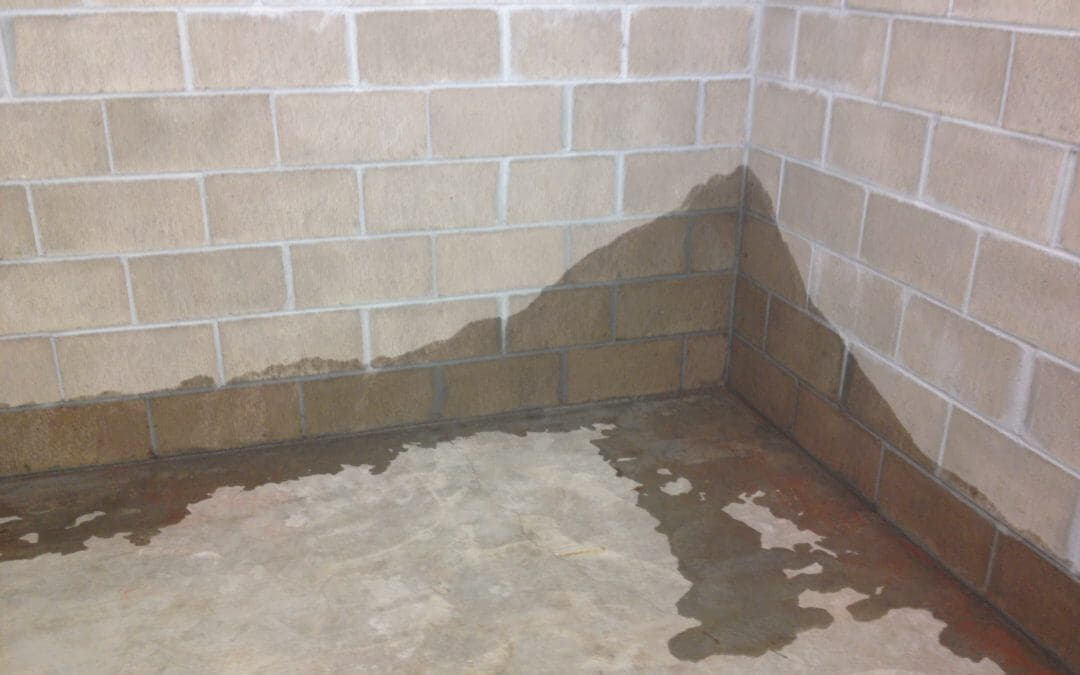If you have recently had to file a claim for basement or foundation repair, you may be wondering what to expect. Filing a claim can seem daunting, but our team is here to help make the process as smooth as possible. This blog post will outline the entire process of filing a claim and completing your repairs. We hope this information proves helpful and allows you to rest easy knowing that your repairs are in good hands!
Document the damage: The first thing you need to do when you start seeing basement problems is document the damage. This will involve taking pictures or videos of the problem areas, as well as keeping track of any receipts for repairs that you have already made. This documentation will be crucial when it comes time to file your claim.
File your claim: Once you have gathered all the necessary documentation, you will need to file a claim with your insurance company. Be sure to include all of the information they will need, such as the date of the damage, a description of the damage, and any supporting documentation.
Double-check your documents: Once you have filed your claim, ensure you have all the required documents to begin the repair process. This may include a copy of your insurance policy, the claim form, and any other paperwork that your insurance company requires.
Get in touch with a repair company: After your claim has been processed, your insurance company will likely send out an adjuster to assess the damage. Once the adjuster has had a chance to look at the damage, they will provide you with a report. This report will outline the repairs that need to be made and how much the insurance company is willing to cover. At this point, you can get in touch with a repair company to get started on the repairs.
Get estimates: Once you have all the necessary documentation, you will need to get estimates from contractors for the repairs. Make sure to get at least three estimates to compare prices and services.
Choose a contractor: Once you have received all the estimates, it is time to choose a contractor. Be sure to select a contractor that is licensed and insured, as well as one that you feel comfortable with.
Sign a contract: Once you have chosen a contractor, you must sign an agreement before any work can begin. This contract will outline the scope of work and the price and payment terms.
The repair process: Once the contract is signed, the repair process can begin. The contractor will likely need to excavate around the foundation to make the necessary repairs. Once the repairs are made, they will backfill the excavation and finish any other work that needs to be done.
Final inspection: After the repairs are completed, you will need to have a final inspection performed by your insurance company. This inspection ensures that all the repairs were made correctly and that your home is safe and sound.
Follow up with your insurance company: Once the repairs have been completed, it is important to follow up with your insurance company to ensure they have everything they need. This includes any receipts for the repairs, as well as pictures or videos of the completed work. Following up with your insurance company can help ensure that your claim is processed quickly and efficiently.
Payout: After the repairs have been made and the final inspection has been completed, your insurance company will issue a payout for the repairs. This payout will be based on the estimates you submitted and the actual cost of the repairs.
Filing an insurance claim can be a tedious process. Many homeowners lose their patience when doing so and fall prey to the common pitfalls of filing insurance claims. If you are filing for insurance claims, here are a few pitfalls you should be wary of:
-Filing a claim without proper documentation: One of the most common mistakes homeowners make when filing an insurance claim is not having all the necessary documentation. This may include a copy of your insurance policy, the claim form, and any other paperwork that your insurance company requires.
-Not getting multiple estimates: Homeowners should always get multiple estimates before choosing a contractor. This will help ensure you get the best price for the repairs.
-Choosing a contractor without checking their licensing and insurance: It is important to choose a contractor that is licensed and insured, as this will protect you in case of any damages that occur during the repair process.
-Not following up with your insurance company after the repairs are completed: Once the repairs have been made, it is important to follow up with your insurance company to ensure they have everything they need. This includes any receipts for the repairs, as well as pictures or videos of the completed work.
-Not having a final inspection performed by your insurance company: After the repairs are completed, you will need to have a final inspection performed by your insurance company. This inspection ensures that all the repairs were made correctly and that your home is safe and sound.
By following the tips above, you can help ensure that your insurance claim is processed quickly and efficiently. If you have any questions about the process, ask your insurance agent or contractor for more information.

